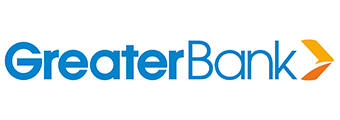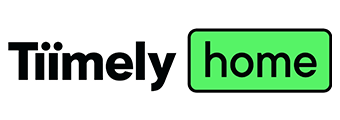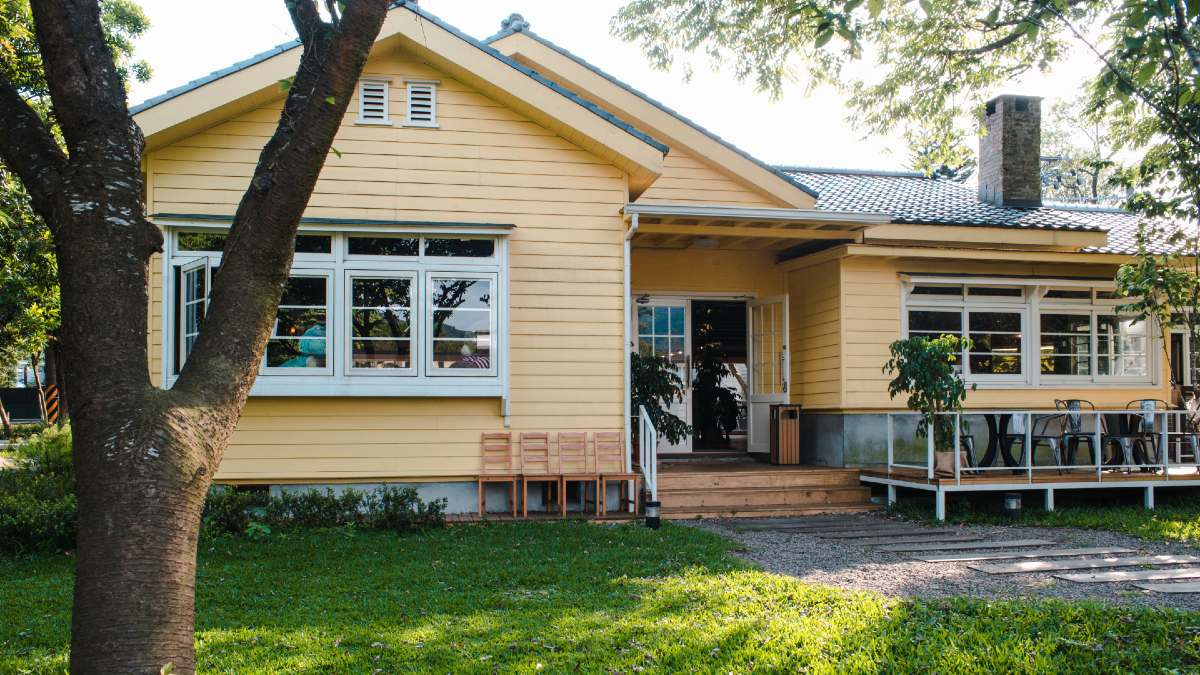Fluctuating mortgage repayments can make budgeting and financial planning for the future challenging. Over the rate hiking cycle that began in 2022, there were likely plenty of Australian borrowers who wished they could just 'set and forget' their repayments for a while. Here's what to know about longer term fixed-rate mortgages (four years, five years and beyond).
Read more: How long should you fix for?
Long term fixed-rate home loans
In Australia, fixed-rate term lengths are typically between one and five years. There can be exceptions - at the time of writing, ANZ offer fixed-rate terms up to ten years, but generally anything over five years is rare.
If you're chasing stability and constant repayments, a longer fixed-rate term can give you that consistency further into the future. However, you'll need to be confident that you can commit to the full term, given break costs for exiting a fixed-rate contract early are typically larger when there's more time remaining on the fixed term.
Read more: Should I fix?
Long term fixed home loan rates
Lenders typically vary rates on loan products based on how much it costs for them to get the money. Variable rates are often tied to the RBA cash rate, meaning when rates go up or down, lenders usually pass this directly on to customers. Fixed-rate home loans are set based on the longer term cost of funding - four year fixed-rates are tied to the banks' cost of borrowing for a four year period, etc. This means fixed-rate funding is often influenced by movements in bond yields on the market, which can act as a benchmark for what it will cost the bank to borrow over a period. For example, if the yields (basically the interest) that a bank has to pay on corporate bonds decreases, it can take advantage of the lower cost of funding and cut fixed rates to attract customers.
So ultimately, fixed-rates are influenced by economic conditions. In a high interest rate environment where rates are expected to fall within the next year or two, short-term fixed rates might be higher than long-term rates.
The chart below shows how long- and short-term fixed-rates have moved since 2019.
Why doesn't Australia have 30-year fixed-rate loans?
Australian borrowers tend to gravitate towards variable-rate loans, which make up more than 90% of new home loans written in 2024. However, it's a very different story in other countries, notably the USA, where the majority of new loans tend to be on fixed-rates.
It probably isn't a coincidence that US-based lenders also offer far longer fixed terms, with 20 or even 30-year fixed terms commonplace. It's likely many Aussie borrowers would relish the opportunity to fix their rate for 30 years, so why aren't such products available Down Under?
The difference is a couple of government-sponsored entities in the US called Fannie Mae and Freddie Mac. These institutions buy mortgages from lenders, and then package them together and issue mortgage-backed securities (MBS). This means lenders are much more comfortable issuing longer fixed terms because they can just resell the mortgage on to Fannie Mae or Freddie Mac, so aren't taking on the risk of variable rates going down over the 30-year period. While mortgage securitisation like this does happen in Australia, it's on a much smaller scale, so lenders aren't willing to take on the fairly considerable risk of a 20- or 30-year fixed term.
Fixed-rate Home loans for five-years
The market is awash with competitive five-year fixed loans, just make sure you do your research before deciding if fixing is right for you, your budget, and your home loan goals.
Below is a selection of owner occupier home loans with a five-year fixed term from a range of providers.
| Lender | Home Loan | Interest Rate | Comparison Rate* | Monthly Repayment | Repayment type | Rate Type | Offset | Redraw | Ongoing Fees | Upfront Fees | Max LVR | Lump Sum Repayment | Additional Repayments | Split Loan Option | Tags | Features | Link | Compare | Promoted Product | Disclosure |
|---|---|---|---|---|---|---|---|---|---|---|---|---|---|---|---|---|---|---|---|---|
5.69% p.a. | 5.97% p.a. | $2,899 | Principal & Interest | Fixed | $0 | $350 | 70% | |||||||||||||
5.80% p.a. | 5.91% p.a. | $2,934 | Principal & Interest | Fixed | $0 | $0 | 90% | |||||||||||||
5.69% p.a. | 6.91% p.a. | $2,899 | Principal & Interest | Fixed | $0 | $180 | 95% | |||||||||||||
5.89% p.a. | 7.08% p.a. | $2,962 | Principal & Interest | Fixed | $395 | $150 | 70% | |||||||||||||
5.74% p.a. | 6.39% p.a. | $2,915 | Principal & Interest | Fixed | $390 | $0 | 80% | |||||||||||||
5.69% p.a. | 6.34% p.a. | $2,899 | Principal & Interest | Fixed | $350 | $210 | 95% | |||||||||||||
6.04% p.a. | 6.20% p.a. | $3,011 | Principal & Interest | Fixed | $10 | $220 | 80% | |||||||||||||
5.89% p.a. | 6.17% p.a. | $2,962 | Principal & Interest | Fixed | $6 | $799 | 80% | |||||||||||||
5.99% p.a. | 6.54% p.a. | $2,995 | Principal & Interest | Fixed | $395 | $250 | 80% | |||||||||||||
6.14% p.a. | 6.09% p.a. | $3,043 | Principal & Interest | Fixed | $0 | $0 | 80% | |||||||||||||
6.14% p.a. | 6.33% p.a. | $3,043 | Principal & Interest | Fixed | $0 | $721 | 90% | |||||||||||||
6.09% p.a. | 6.38% p.a. | $3,027 | Principal & Interest | Fixed | $10 | $150 | 90% | |||||||||||||
6.69% p.a. | 7.82% p.a. | $3,223 | Principal & Interest | Fixed | $0 | $0 | 95% | |||||||||||||
6.44% p.a. | 7.00% p.a. | $3,141 | Principal & Interest | Fixed | $null | $160 | 95% | |||||||||||||
6.34% p.a. | 6.79% p.a. | $3,108 | Principal & Interest | Fixed | $8 | $350 | 90% |
First published on September 2021
Photo by Muhammad Zaqy Al Fattah on Unsplash

Ready, Set, Buy!
Learn everything you need to know about buying property – from choosing the right property and home loan, to the purchasing process, tips to save money and more!
With bonus Q&A sheet and Crossword!


















 Harry O'Sullivan
Harry O'Sullivan
 Harrison Astbury
Harrison Astbury
 Bernadette Lunas
Bernadette Lunas
 Emma Duffy
Emma Duffy
 Staff Writers
Staff Writers

